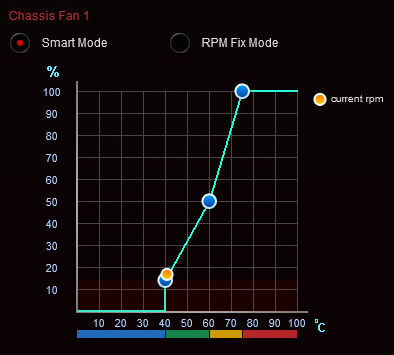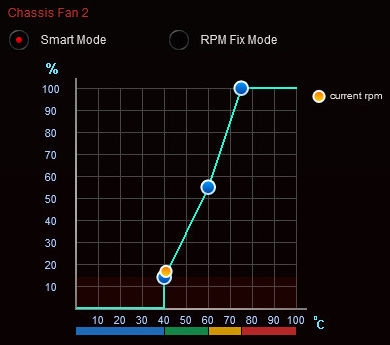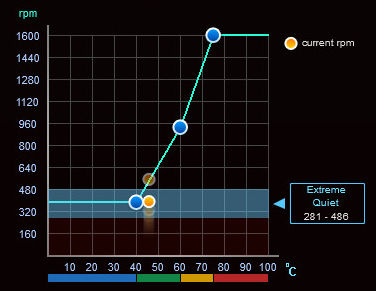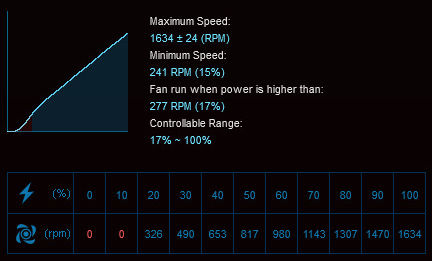Arctic Liquid Freezer II 360 Α-RGB
4. Tests
In order to test the CPU cooler we used the following configuration:
- CPU: AMD Ryzen 5 5600X
- Thermal compound: Arctic MX-5 (included at the retail box)
- Case: bequiet! Silent Base 802
- Case fans: 2x140 bequiet! Silent Wings 3 High-Speed RPM speed controllable via SmartFan BIOS + Asus Xpert4 software
- CPU Fan: Stock 2x120mm Noctua
- Motherboard: Asus X570 E-Gaming with 4403 BIOS
- Memory: 2x16GB G.skill Trident Z RGB CL14 @ 3200MHz CL14 (XMP Profile) @ 1.35V
- PSU: be quiet! Straight Power 11 650Watt
- HDD: Crucial MX500 SSD
- VGA: Asus 1060 6GB Dual
- Ambient room temperature ~ 25 Celsius (with AC climate control) - Environment Temperature measurements: Precision Gold N09AQ Envirometer Meter
- Sound measurements at 1m distance: miniDSP UMIK-1 microphone with calibration file and latest REW software
- Operating system: Windows 10 x64 with all the latest updates installed
- Software: AIDA64 / HWInfo / OCCT Enterprise Edition (Latest builds)
Before each run, we left the CPU cooler cooled down and we reset the OCCT Enterprise Edition values to be accurate. We set the CPU fan speeds at "Smart Mode" with the Asus Xpert4 software. The case fans were also set at SmartFan mode with the option for Auto Fan Stop at low loads down to 0% for the two front fans and auto for the back case fan.


The CPU fans were detected from the Asus motherboard and gave us the following fan curve


Bios settings:
- Ai Overclock Tuner: D.O.C.P -> XMP DDR-3200 CL14
- BCLK Frequency: 100MHz
- FCLK Frequency: 1600MHz
- CPU core ratio: Auto
- TPU: Keep Current Setting
- Performance Bias: Auto
- VDDCR CPU Voltage: 1.100V
- VDDCD SOC Voltage: 0.900V
- DRAM Voltage: 1.350V (XMP)
- Precision Boost Overdrive: Auto
- Rest BIOS options: Auto
For further evaluation, we also used OCCT Enterprise Edition with a 30min run and we noted all temperatures as were noted from the software. For maximum temperature we used the following settings:
- Data Set: Small
- Mode: Extreme
- Load Type: Steady
Under normal loads, the Arctic Liquid Freezer II 360 A-RGB, improved the performance that the Liquid Freezer II 280 A-RGB has delivered by almost 3 Celsius at the max temperature values, while the average temperatures were rather similar.

Placing the miniDSP UMIK-1 microphone around 1m from the closed case, we were pleased to get very low overall case+cpu cooler noise. While this product includes three 120mm fans, it manages to produce low overall noise, and its slightly more louder than what we witnessed with the Arctic Liquid Freezer II 280RGB.

Overclocking
Bios settings:
- Ai Overclock Tuner: D.O.C.P -> XMP DDR-3200 CL14
- BCLK Frequency: 100MHz
- FCLK Frequency: 1600MHz
- CPU core ratio: 45Χ
- TPU: Keep Current Setting
- Performance Bias: Auto
- VDDCR CPU Voltage: 1.18125V
- VDDCD SOC Voltage: 0.900V
- DRAM Voltage: 1.350V (XMP)
- Precision Boost Overdrive: Auto
- Rest BIOS options: Auto
Lastly, we wanted to see how this CPU cooler will handle even higher temperature loads, so we set the CPU multiplier to 45X and set CPU Vcore at 1.18V.
At the CPU overclocking test, the Arctic Liquid Freezer II 360 A-RGB gave good results, again improving the performance compared to the Liquid Freezer II 280 A-RGB, but stays behind big air coolers, like the be quiet! Dark Rock Pro 4 or the Noctua NH-D15. Note that small differences can happen due to the different thermal paste we used for this test (Arctic MX-5 vs be quiet! DC1 we had used in all previous tests).

